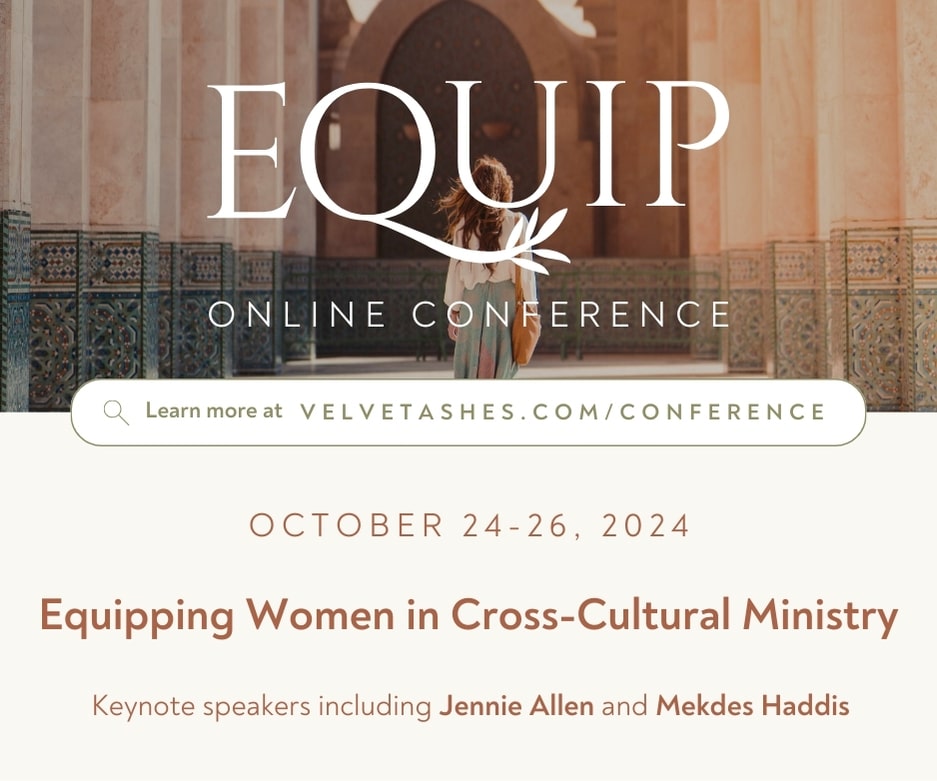EMQ » January–April 2024 » Volume 60 Issue 1

Summary: What does it mean to send and be sent? Understanding sending as deeply rooted in the intimacy of an abiding relationship with Christ, (reflecting his relationship with his Father) has reminded me how often I forget that it is God who sends, not me.
By Jon Fuller
In 2016, I was approached by a group of international mission agency leaders to put together a consultation in North America on the topic of mission and sending. After many years in Asia, I was still finding my way in the Canadian scene but agreed to take on this challenge. The consultation eventually took place in 2013. However, by that time the focus had shifted from sending, to being fit for the challenges of the future. That shift was driven in large part by my somewhat shocked discovery that there was little interest amongst Canadian mission agency leaders in a consultation on sending.
In the years since, I’ve spent a lot of time reflecting on the constellation of concerns around missionary sending, along with many who have written on colonialism, indigeneity, and mutuality. Jay Matenga referred to that concern in his 2020 “Leader’s Missions Forecast” when he wrote, “… the margin of tolerance toward the imposition of one world’s ideas onto another world’s reality has reached zero.”[i] How has missionary sending become so tainted with suspicion? Do accusations of colonialism undermine generations of missionary work? What does it mean to send and be sent?
Member-Only Access
Evangelical Missions Quarterly (EMQ) is available to Missio Nexus members as a member-only benefit or as a digital subscription.
Please login to gain access or join Missio Nexus!





